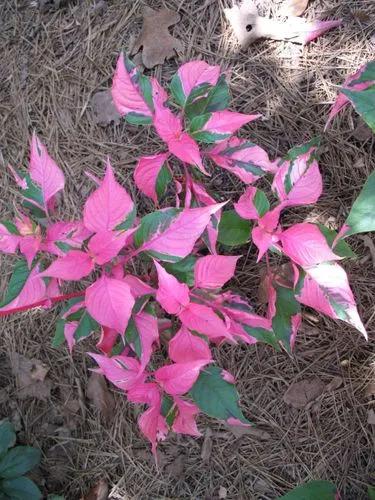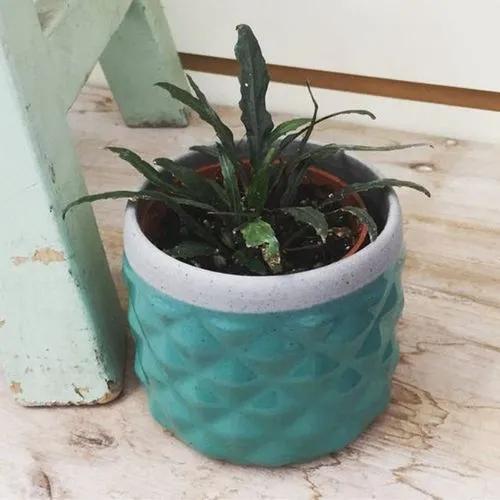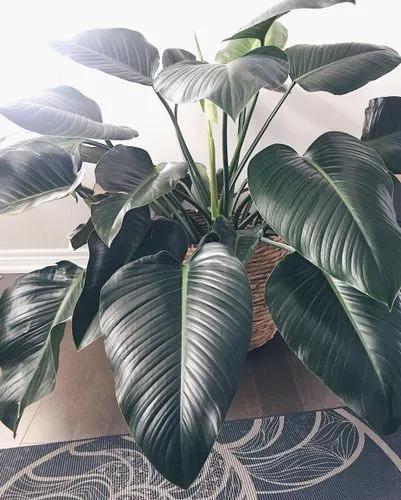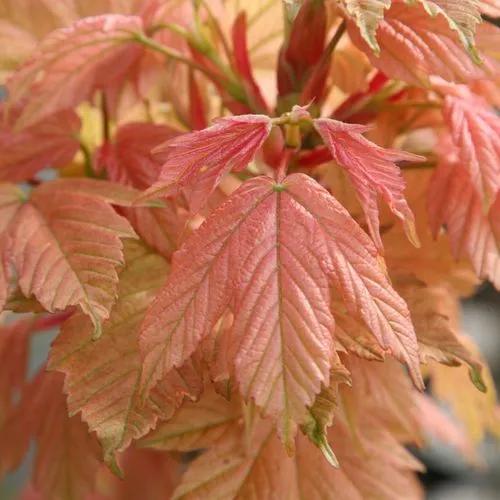The Venus Flytrap plant is a species that grows in the jungle but can be grown as a houseplant when cultivated in decorative horticulture. The plant belongs to a small group of higher plants capable of fast movements.
Venus Fly Trap Plant Care
Dionaea muscipula



The Venus Flytrap (Dionaea muscipula) is one of the species of carnivorous plants, meaning a very specialized form of foliar feeding. The edges of the leaves form the trap. In nature, it feeds on insects and spiders; sometimes, slugs can get into it. It grows in a humid temperate climate on the Atlantic coast of the USA (Florida, North and South Carolina, New Jersey).
How to Care for the Plant

Water

Instead of rain, you can water the plant with distilled water. The substrate in the pot of the Venus Flytrap should be constantly moist.

Pruning

You should cut off the flower stalk once it's reached about 5 cm (2 in) tall unless you want to harvest seed.

Fertilizer

Feeding is not necessary because the Venus Flytrap plant feeds on insects

Sunlight

The plant requires good lighting - bright sunlight for 4-5 hours daily; the rest of the time, bright diffused light - western and eastern window sills will do. Additional artificial lighting will be required when grown in a florarium or terrarium.

Soil

The substrate for the Dionaea muscipula should be made of four parts peat, two parts perlite, and one part quartz sand. Before mixing the substrate, soak the perlite in water for a week and boil the sand in a distillate.

Propagation

Reproduction of the Venus Flytrap occurs by growing from seed and leaf cuttings or by dividing the bush.

Temperature

The Venus Flytrap feels most comfortable in summer at 68-86 ºF (20-30 ºC), while in winter, the temperature can drop to 45 ºF (7 ºC).

Container

It is recommended to keep the Dionaea muscipula in a terrarium or florarium. The pot needs to be narrow but deep.

Fun fact

Can you imagine - the scientists have managed to create robot Flytraps!

Popularity

40,458 people already have this plant 6,452 people have added this plant to their wishlists
Discover more plants with the list below
Popular articles






